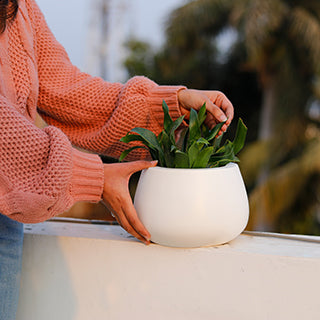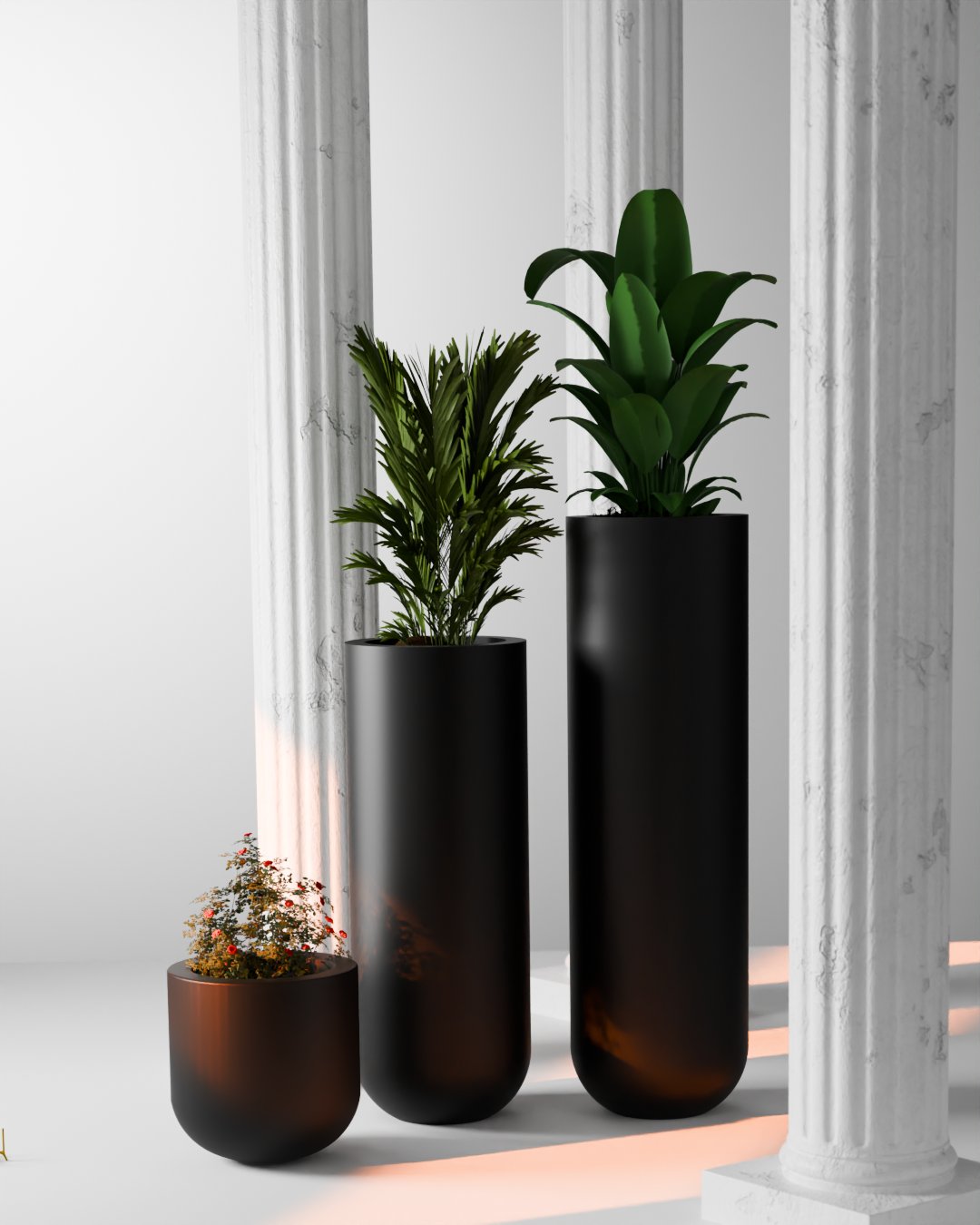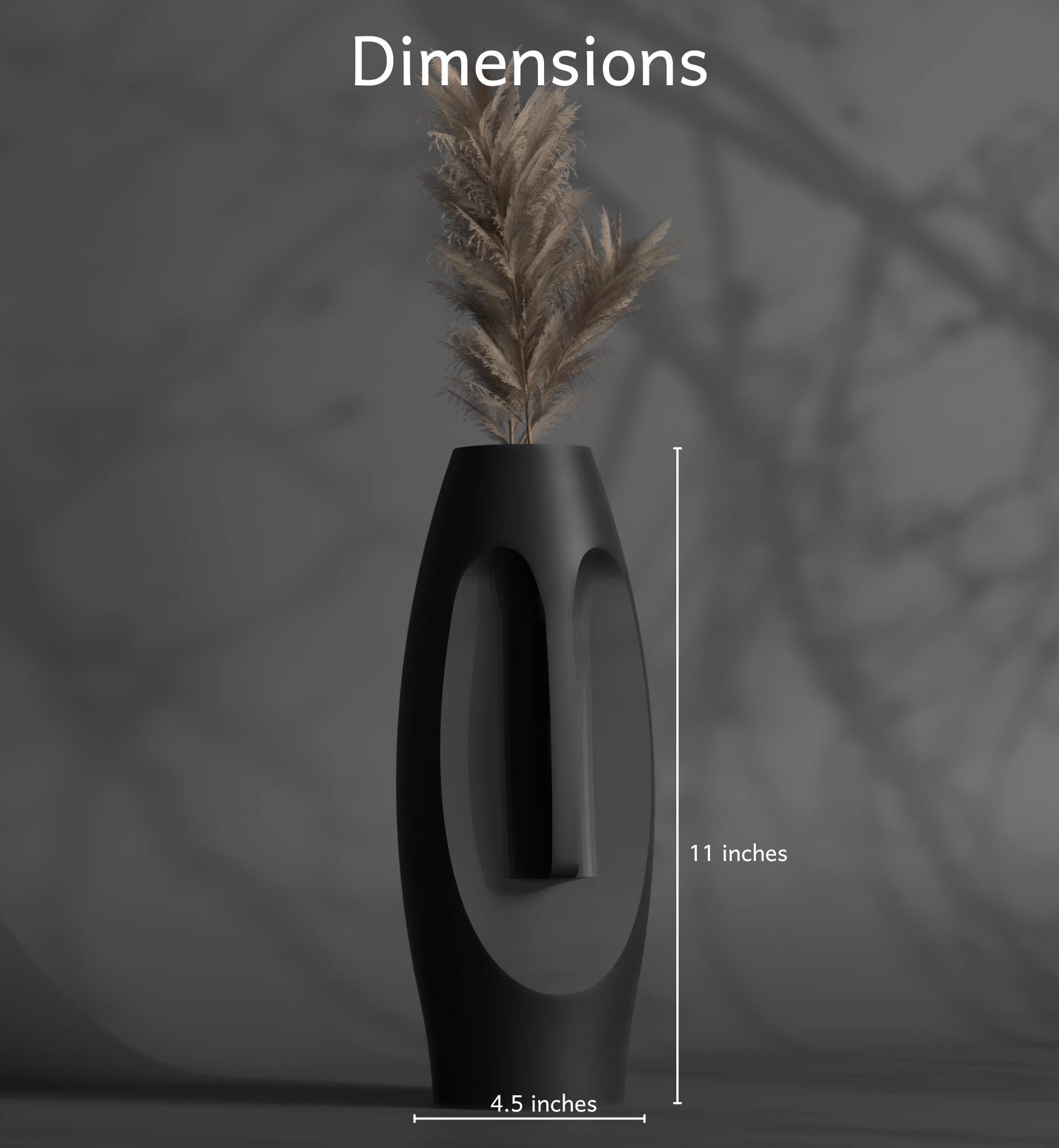
FRP (Fiberglass Reinforced Polymer) planters can contribute to reducing energy consumption in several ways:
1. Urban Heat Island Mitigation
FRP planters can help mitigate the urban heat island effect by providing shade and reducing the amount of heat absorbed by buildings and pavement. This, in turn, can reduce the energy required for cooling buildings.

2. Green Roofs and Walls
FRP planters can be used to create green roofs and walls, which can provide insulation and reduce the energy required for heating and cooling buildings.

3. Evapotranspiration
Plants in FRP planters can undergo evapotranspiration, a process that cools the surrounding air through the release of water vapor. This can reduce the energy required for cooling buildings.

4. Reduced Energy for Lighting
FRP planters can be designed to incorporate solar-powered lighting, reducing the energy required for lighting outdoor spaces.

5. Passive Design
FRP planters can be used to create passive design elements, such as windbreaks and shading devices, which can reduce the energy required for heating and cooling buildings.
By incorporating FRP planters into building design, architects and designers can create more sustainable and energy-efficient spaces.































